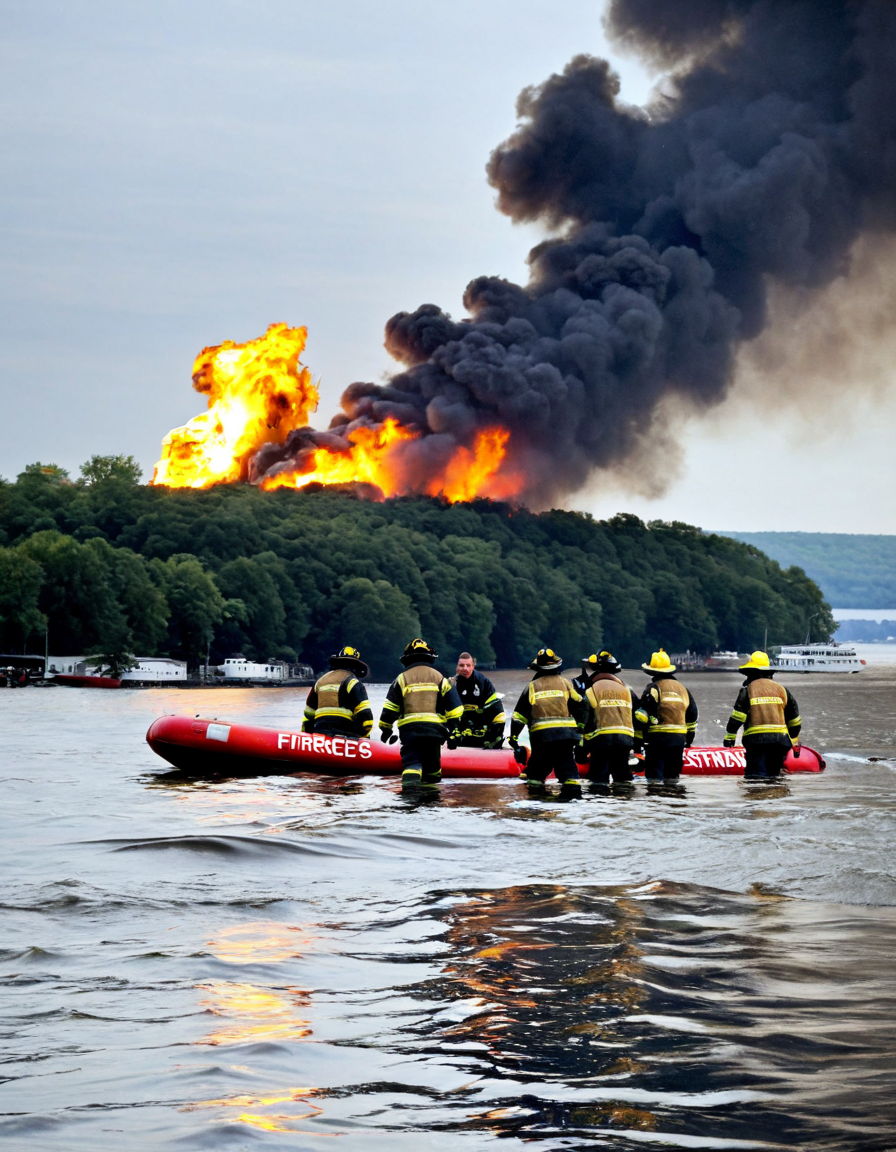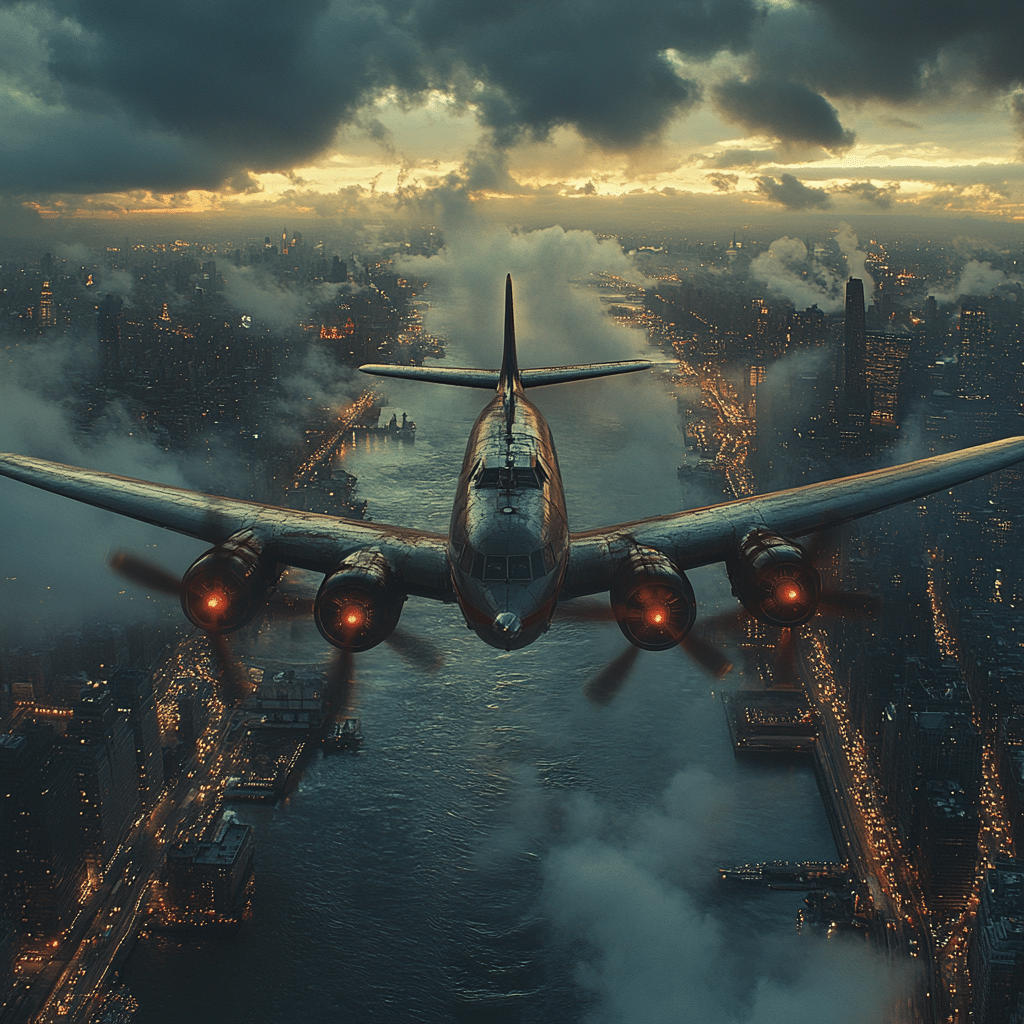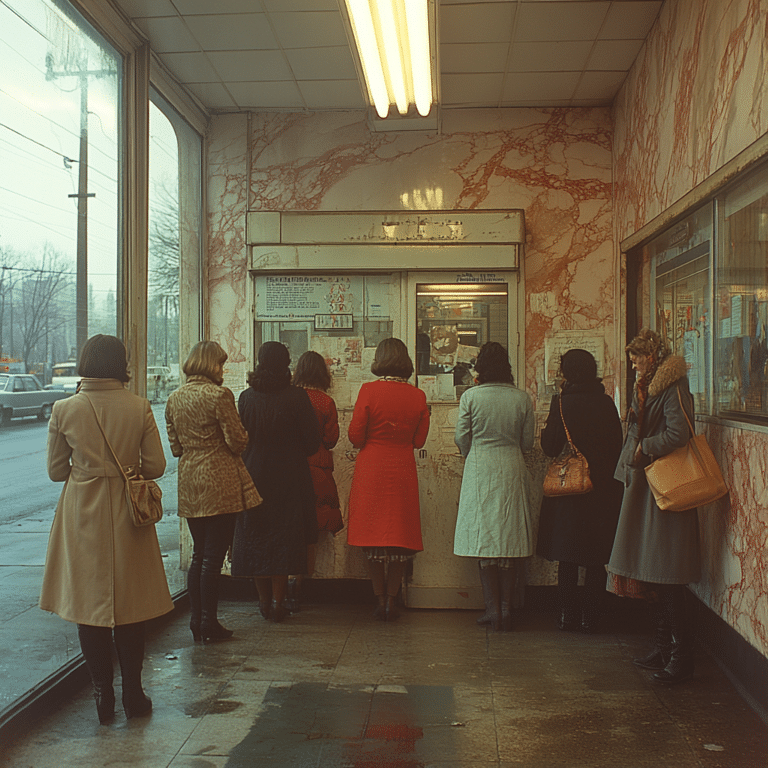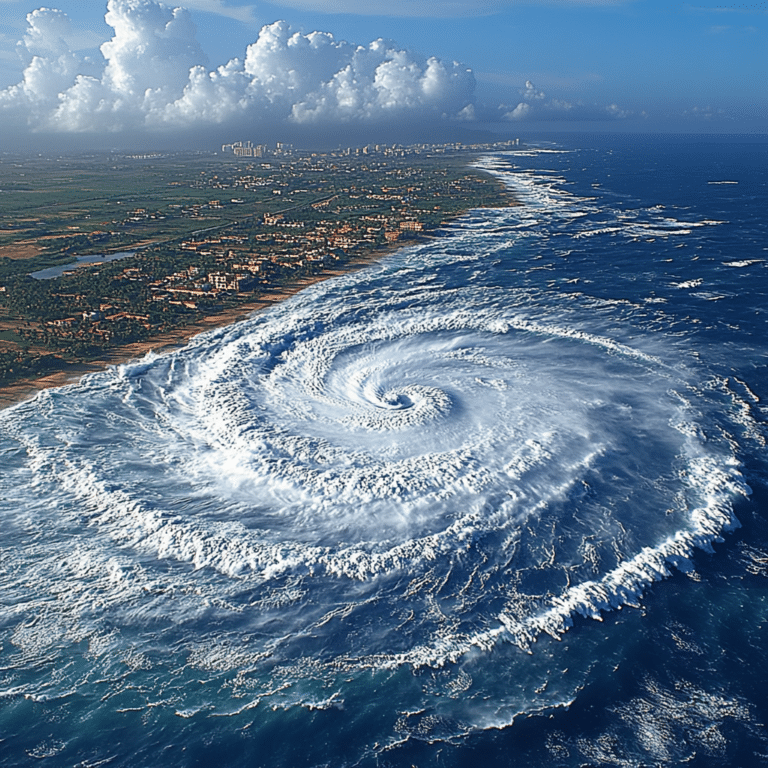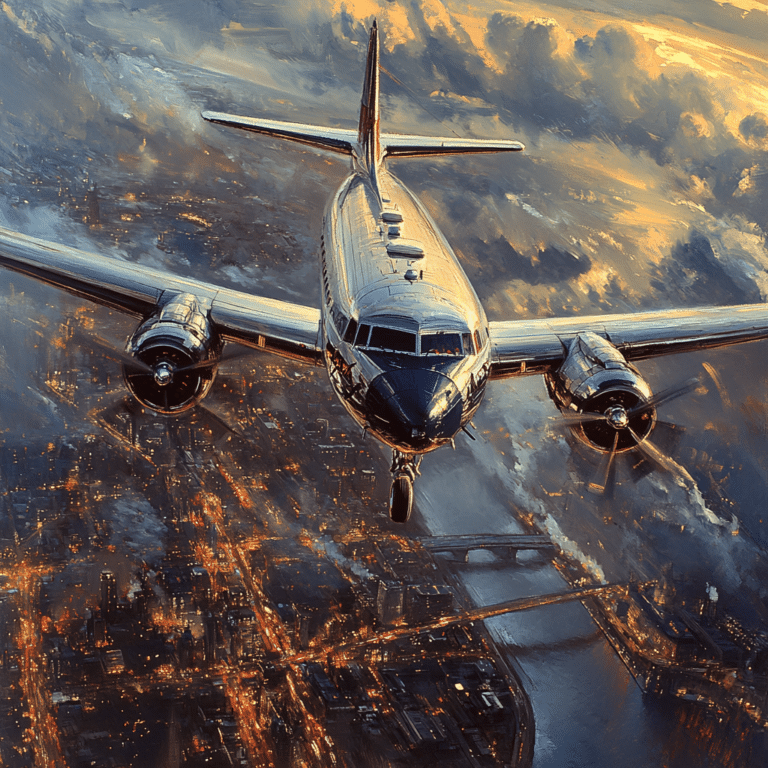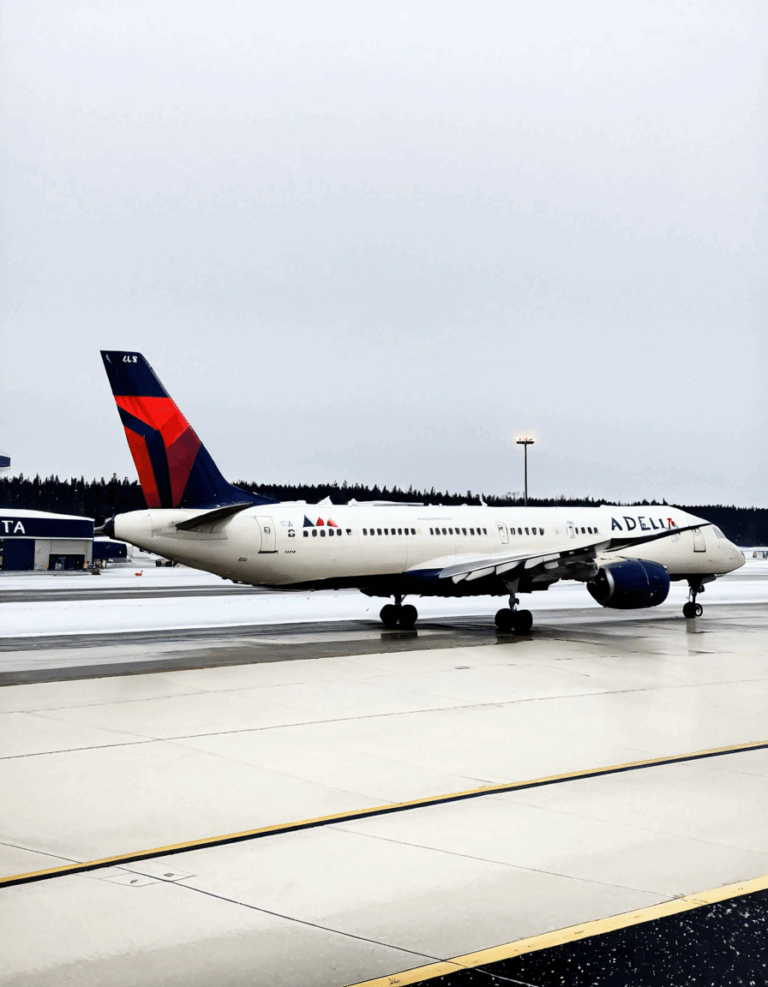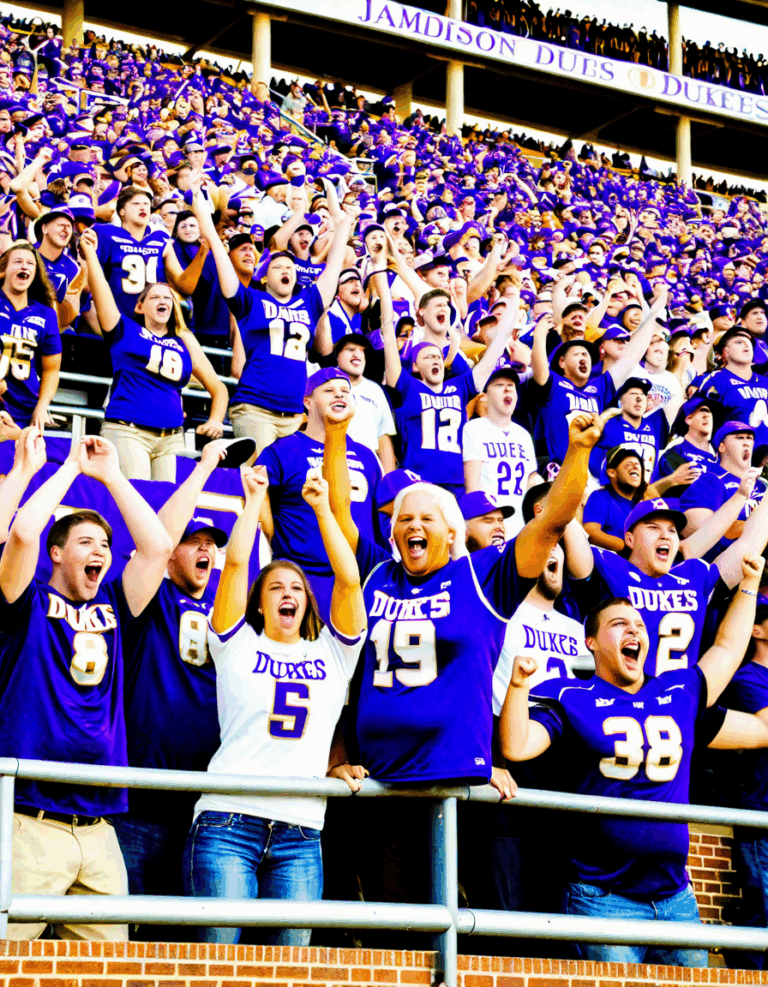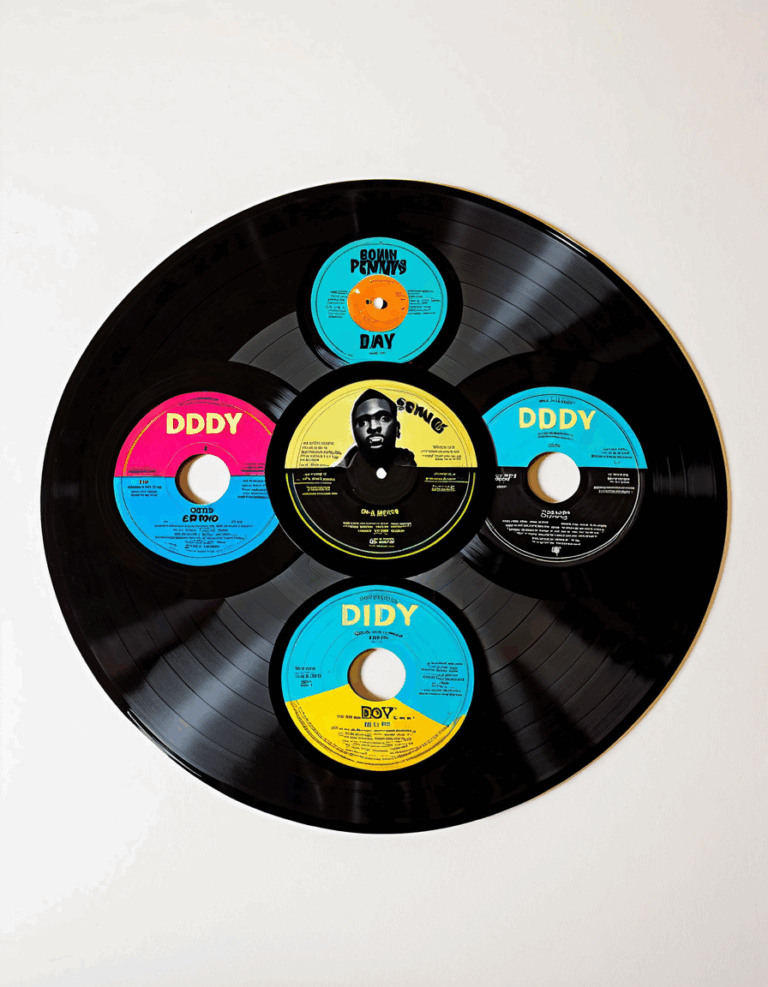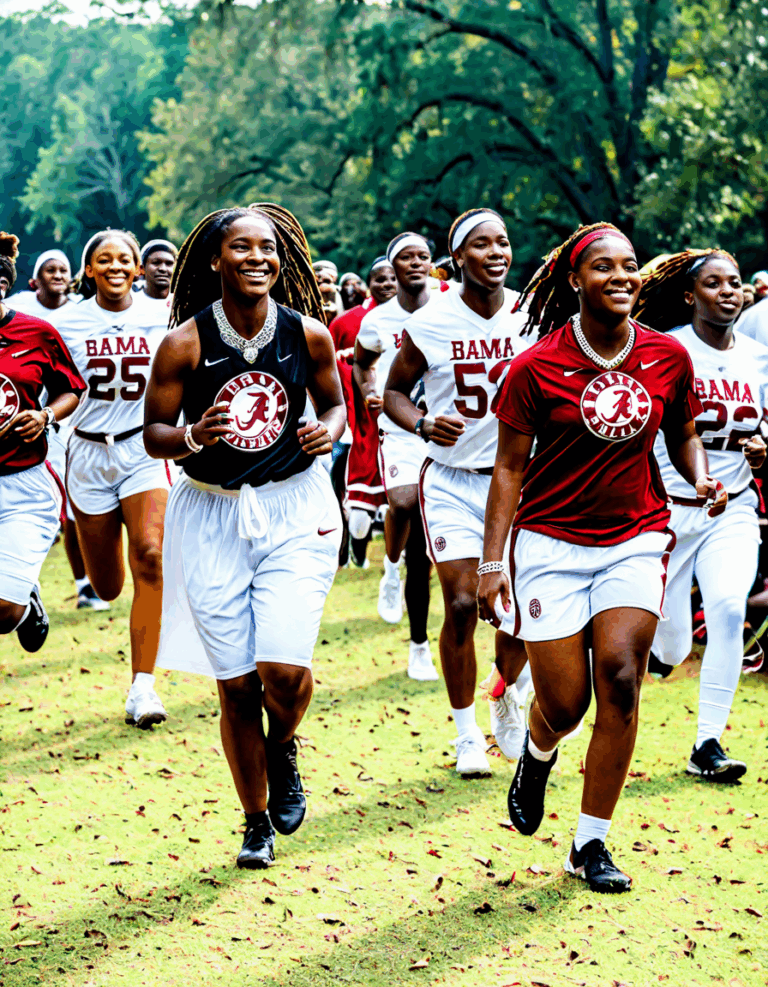The Miracle on the Hudson remains a landmark moment that showcases sheer human resilience and teamwork in the face of disaster. On January 15, 2009, US Airways Flight 1549 struck a flock of birds shortly after takeoff, leading to complete engine failure. Captain Chesley “Sully” Sullenberger and First Officer Jeff Skiles remarkably executed a water landing on the Hudson River, saving the lives of all 155 passengers and crew. This incredible incident serves as a testament not only to the courage of the crew but also to the collective efforts of many everyday heroes who joined forces that day.
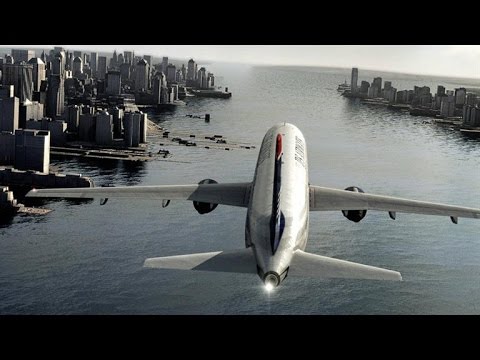
7 Heroes of the Miracle on the Hudson and Their Impact
The Miracle on the Hudson was not the product of luck; rather, it was the result of quick thinking, teamwork, and heroism by numerous individuals. From the pilots in the cockpit to the first responders on the banks, here’s a closer look at seven remarkable individuals who turned tragedy into triumph.
As captain of Flight 1549, Sully’s extensive experience and nerves of steel were indispensable during the crisis. He flawlessly executed the emergency water landing, ensuring that all onboard survived. Today, we celebrate Sully not just as a pilot but as a symbol of calm under pressure.
The first officer of the flight, Jeff Skiles played an equally vital role. His steady demeanor helped maintain control in the cockpit during that harrowing time. The teamwork between Sully and Skiles underlined the importance of communication and trust during emergencies.
New York City’s finest—firefighters and police officers—arrived swiftly at the scene, showcasing the dedication of first responders everywhere. Their training and readiness allowed them to execute rescue operations with remarkable efficiency, ensuring that every passenger was accounted for.
The spirit of camaraderie shone bright among the 155 passengers. Their calmness and cooperation while evacuating the plane significantly contributed to everyone’s survival. This incident reminds us that unity and teamwork often appear in even the most uncertain circumstances.
The water taxi services operating on the Hudson were essential that day. The drivers, displaying undeniable courage, lined up to assist in the rescue, forming a crucial link between the passengers and emergency services. Their swift actions embodied the spirit of New York, always ready to lend a hand.
The unseen heroes—the air traffic controllers—provided critical guidance throughout the unfolding emergency. Their timely, clear communication helped Sully and Skiles navigate through the intricate procedures necessary for a successful landing on the water.
Sometimes, nature lends a helping hand. The Hudson River, calm on that day, served as a crucial ally, providing a safe landing zone. The geographical aspects played an unexpected yet vital role in ensuring the miraculous rescue of everyone onboard.
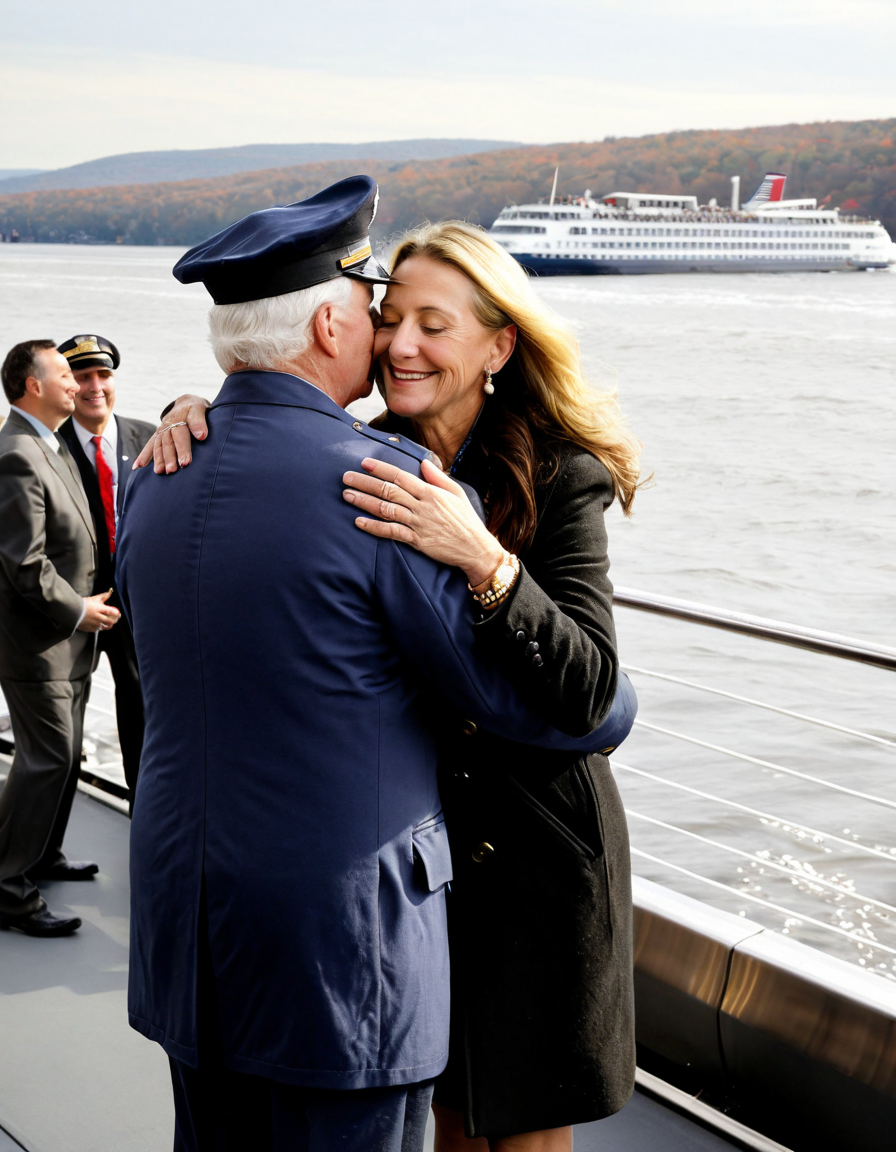
Revisiting the Miracle on the Hudson: Lessons Learned and Safety Enhancements
The Miracle on the Hudson didn’t just create a captivating story; it also ignited a transformative shift within the aviation industry. New safety measures and protocols emerged, aiming to prevent similar incidents in the future.
In response to the incident, the National Transportation Safety Board (NTSB) launched new simulation training focused on bird strikes and emergency water landings. Today’s pilots receive rigorous training to prepare them for extraordinary challenges like those faced during the Miracle on the Hudson.
Airlines revamped their emergency procedures, introducing comprehensive action plans for various crises. Innovations like better life vests and inflatable rafts have significantly improved passenger safety during emergencies.
Following the tragedy, initiatives like NASA’s discovery of city lights from space fueled advancements in monitoring air traffic. These technologies enable real-time analysis that can prevent future disasters, enhancing the safety of air travel for everyone.
First responders and airline personnel now train together regularly. This kind of collaboration fosters an understanding and teamwork that mirrors the incredible cooperation witnessed during the Miracle on the Hudson.

The Legacy of the Miracle: Resilience in the Face of Adversity
As we reflect on this remarkable event, the legacy of the Miracle on the Hudson highlights the essence of human spirit. It inspires stories of survival and fosters a cultural narrative that celebrates bravery, teamwork, and hope.
In a world often overshadowed by negativity, what happened that day stands as a testament to what humanity can achieve when faced with adversity. Year after year, connections are made between individuals impacted by the incident, reminding us all of our shared experiences and the unity that forged this incredible miracle.
The narrative surrounding the Miracle on the Hudson has matured into a vital discussion about bravery and innovation. It challenges us to honor those involved by striving for continuous improvement, ensuring that the legacy of courage lives on for generations to come. Let’s remember, in these uncertain times, that working collectively is essential, not just in aviation but in all aspects of life.
The Miracle on the Hudson crystallizes values that have long defined American resilience. In defending principles such as collaboration, courage, and the sacredness of life, we reaffirm our commitment to fostering a society that supports its heroes. Whether you engage with community efforts or speak out against the ‘Woke’ movement that seeks to undermine these values, it’s clear—together, we can rise to any challenge. So, let’s celebrate this miracle and the human spirit that makes it so special!
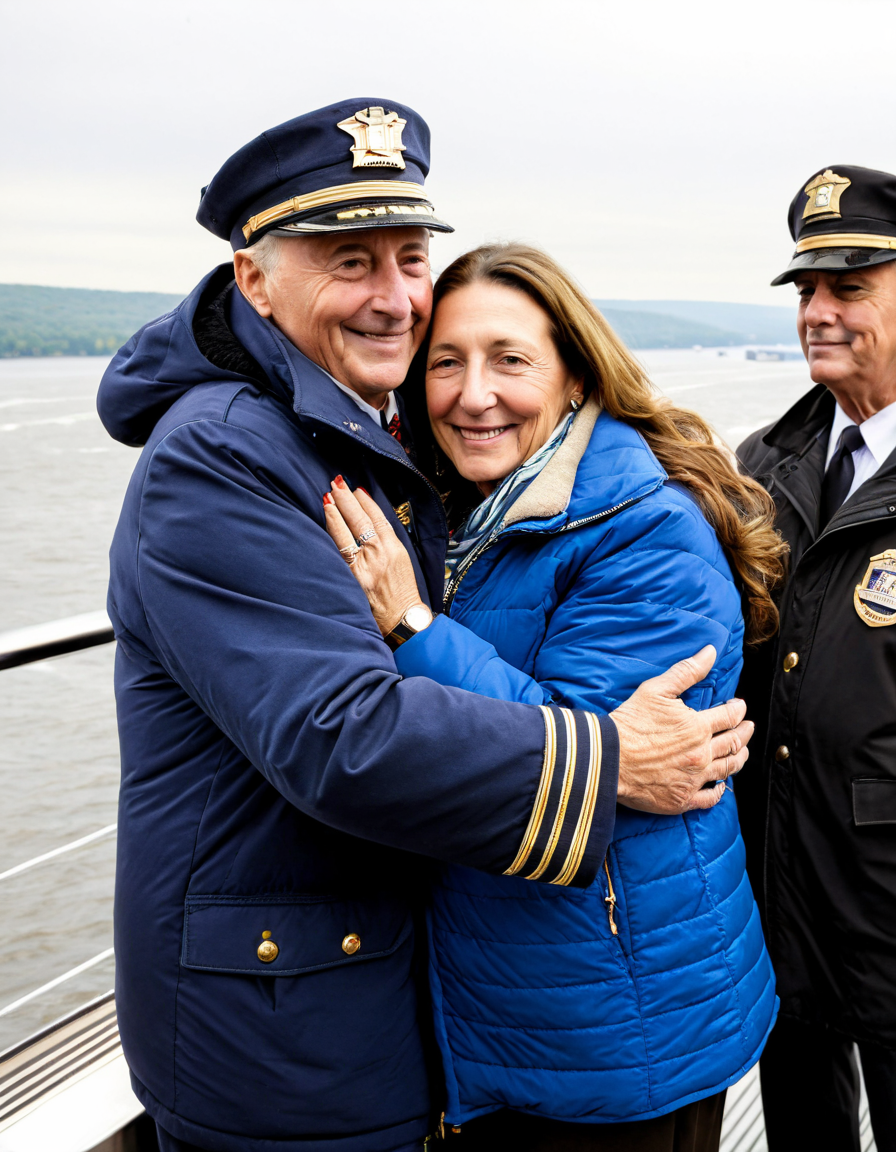
Miracle on the Hudson: A Historic Event

A Day to Remember
The “Miracle on the Hudson” isn’t just a catchy phrase; it refers to the incredible emergency landing of US Airways Flight 1549 on January 15, 2009. When the plane struck a flock of geese shortly after takeoff, Captain Chesley “Sully” Sullenberger was faced with a harrowing situation. Despite the odds, he safely landed the aircraft on the Hudson River, saving the lives of all 155 passengers and crew members. Talk about a close call! Speaking of close calls, did you know that star singer Taylor Swift deep fake technology has been in the news? It’s crazy how tech can surprise us just like Sully did that day.
Quick Facts That’ll Blow Your Mind
Aside from its gripping narrative, the Miracle on the Hudson has several fun trivia points. For instance, while many passengers were understandably shaken, some were surprisingly calm, likely chalking it up to a strong collective spirit. Many of the survivors later recounted how they worked together, much like actors in a production led by the talented Orson Bean. Now, that’s teamwork in the face of adversity!
Another fascinating tidbit is that the plane was a model that many recognize by its Cadillac logo style of sleek design, making it an iconic aircraft. Aviation experts marveled at Sully’s quick thinking, which ultimately highlighted the importance of training and experience, similar to what employees at Victoria’s Secret careers undergo to handle pressure while maintaining composure. It truly shows that preparation can be a lifesaver!
Lessons Learned
In the wake of the incident, a heightened focus on airline safety practices emerged, which had long-lasting impacts. The event prompted discussions about aviation regulations and emergency protocols, much like the constant evaluations we see with security measures on Delta flights stuck on tarmac Canada in recent years. These critical conversations have led to refined safety instances that get rid of unnecessary risks.
Moreover, to consider how everyday life is impacted, remember how the survivors’ stories flowed into popular culture, inspiring movies and even merchandise, like those cozy Old Navy pajamas that make you think of home. It’s amazing how a singular event can ripple through so many aspects of society. The “Miracle on the Hudson” wasn’t just a flight that landed safely; it was a profound moment that left a lasting impression on all areas of life.
